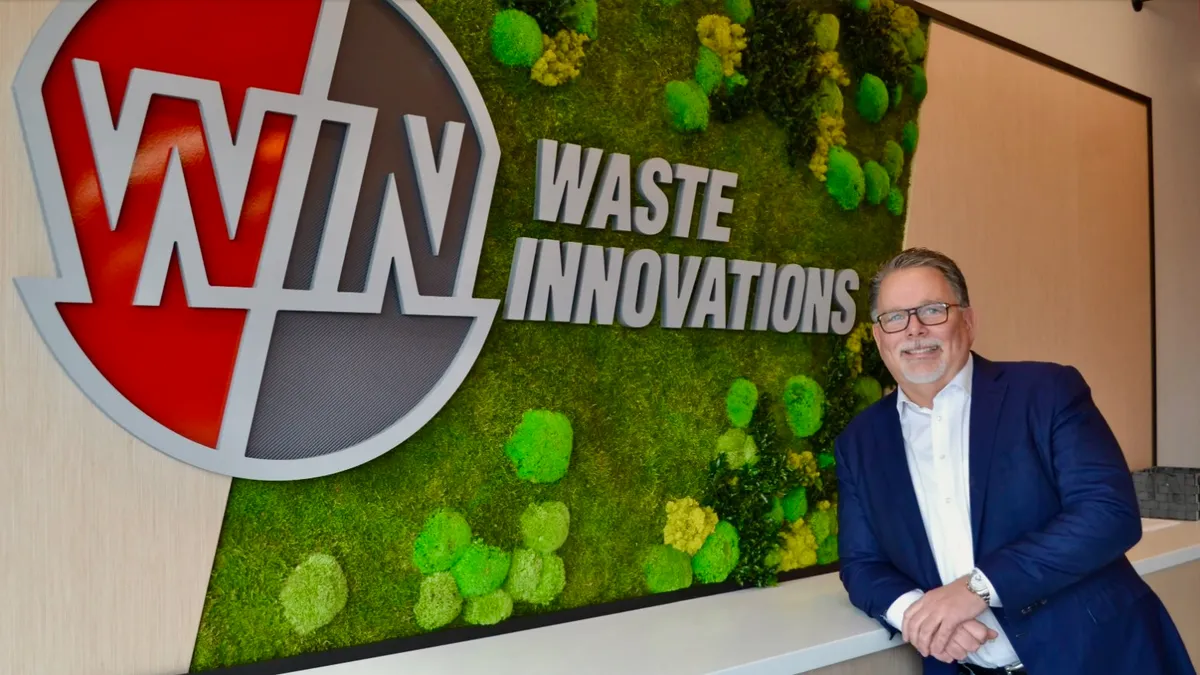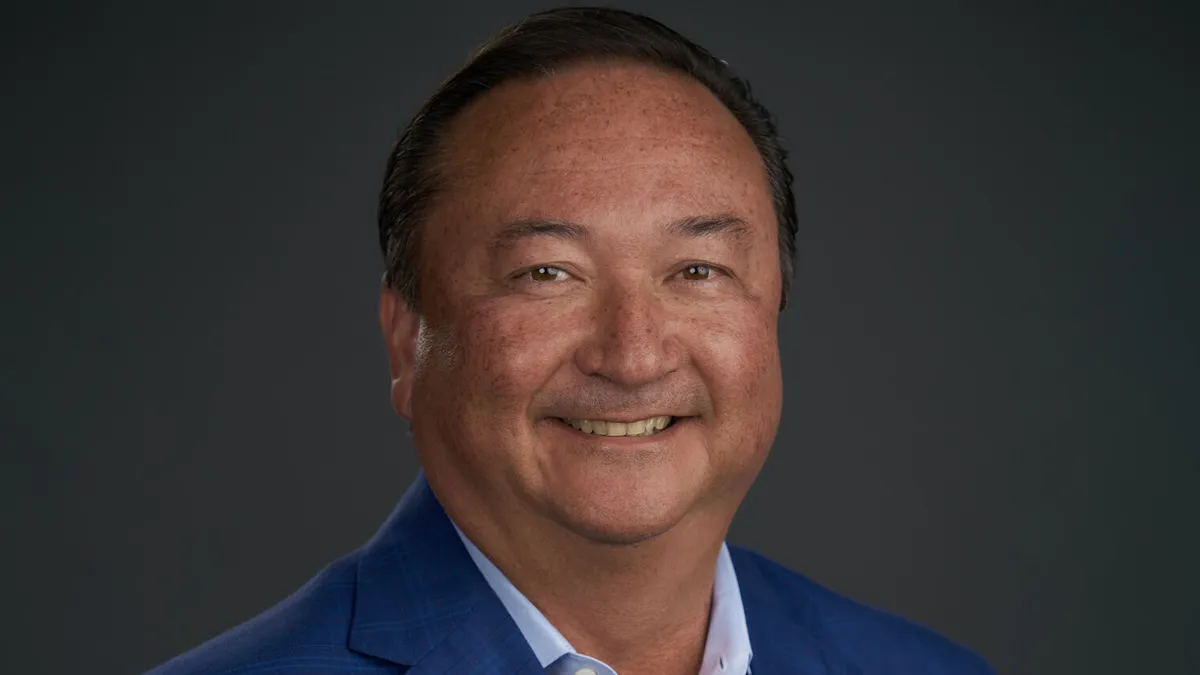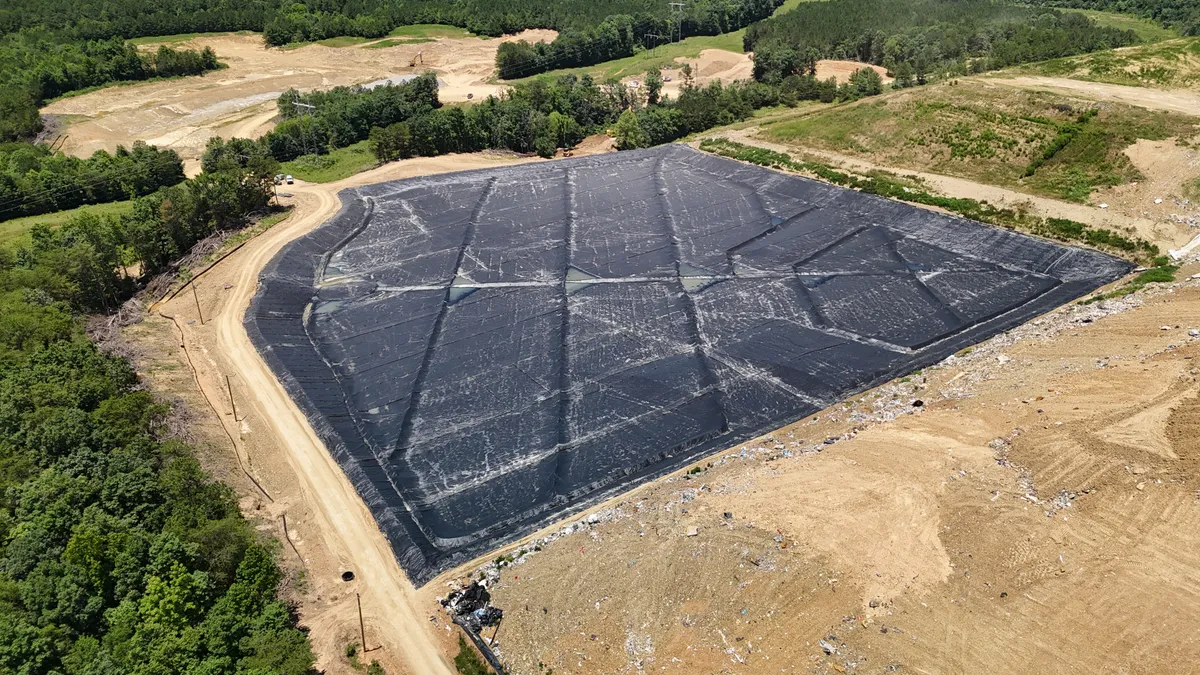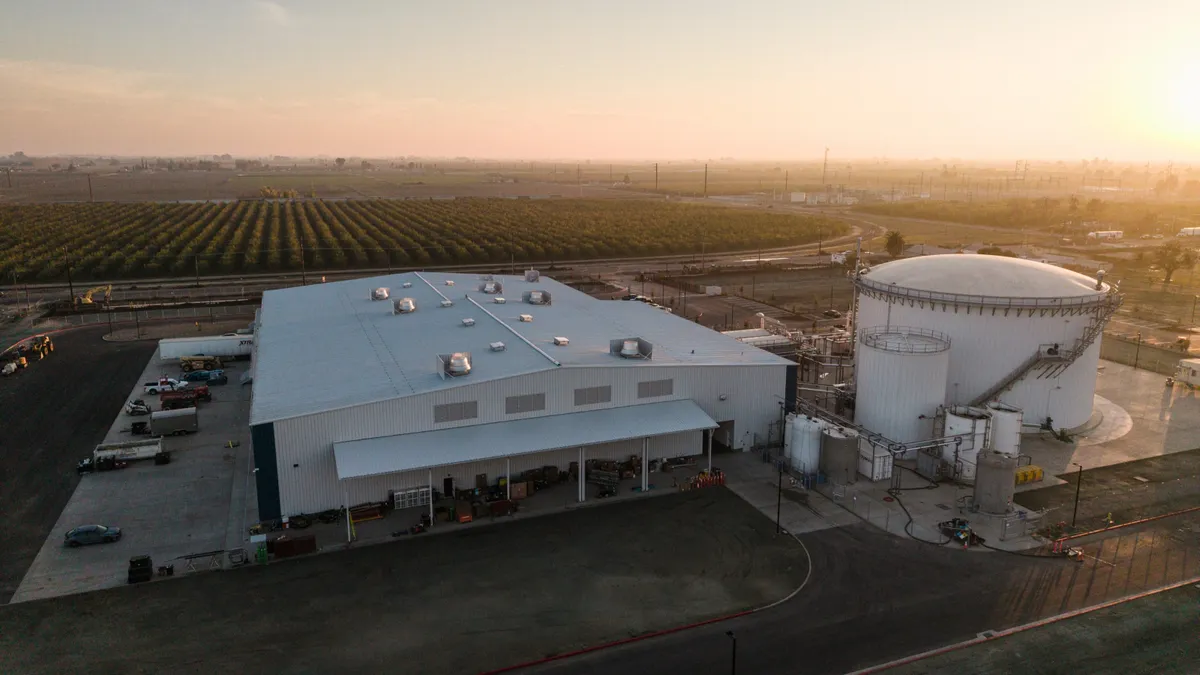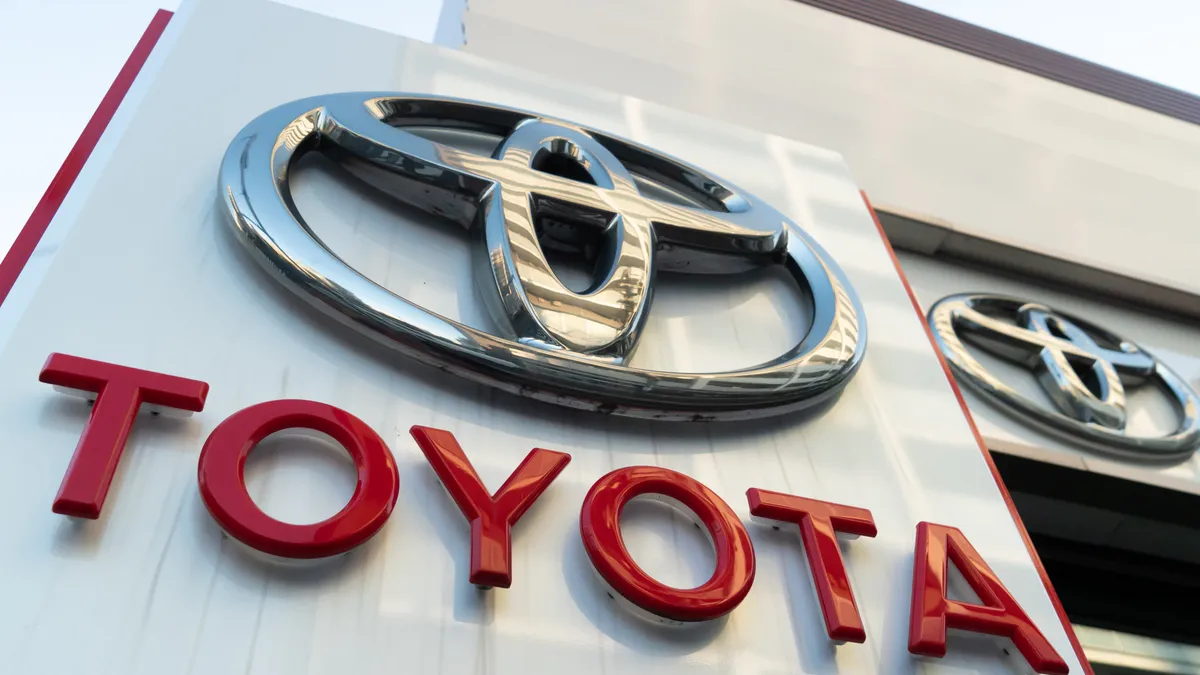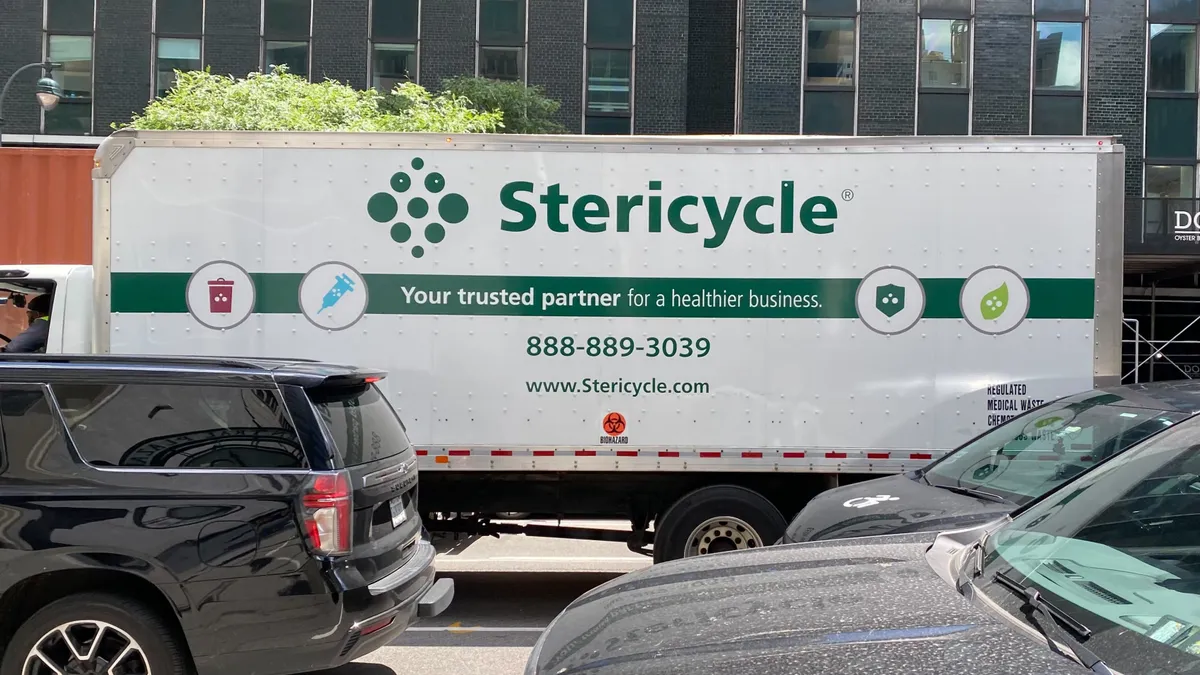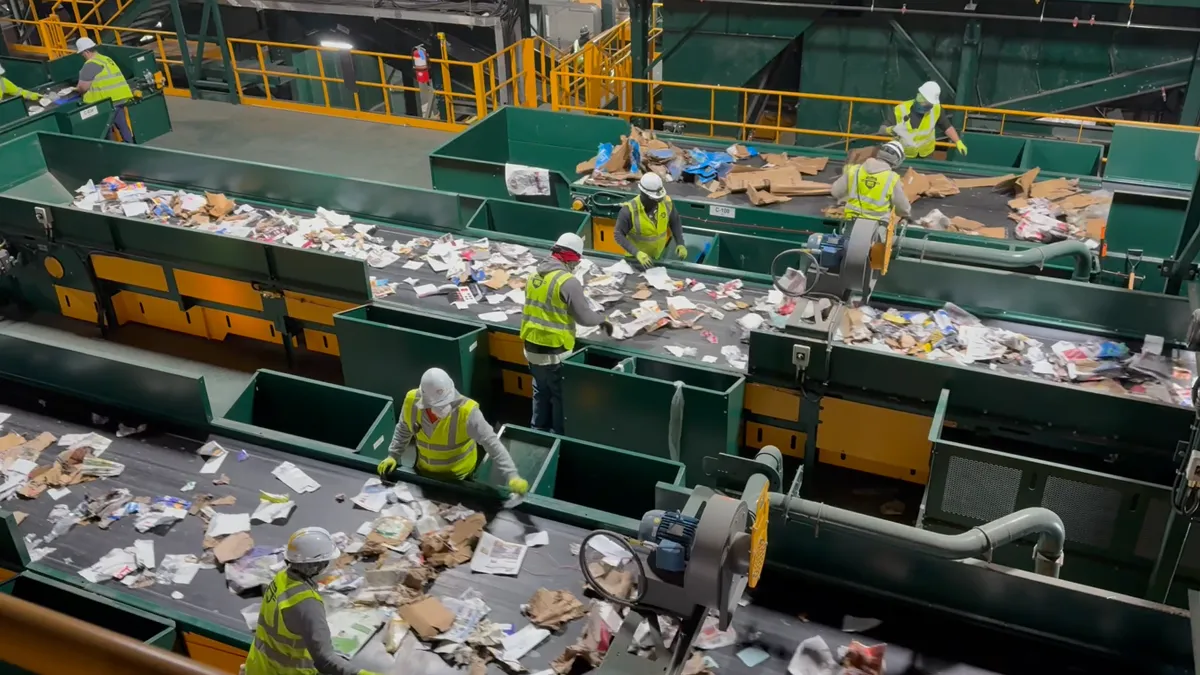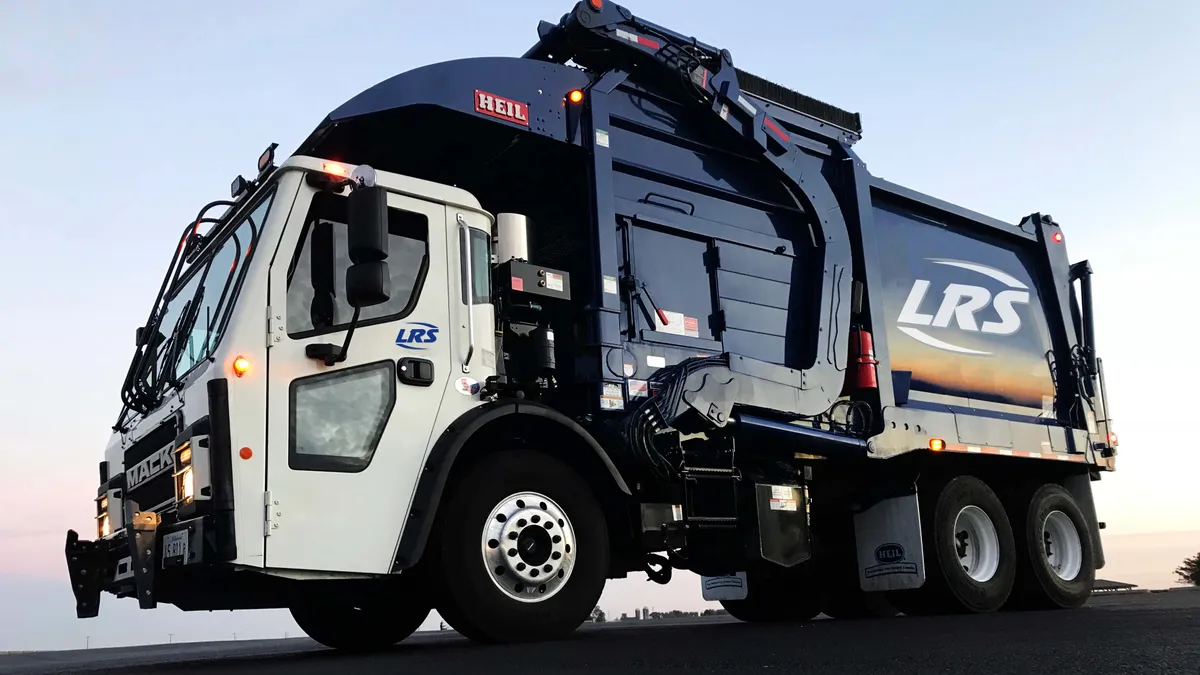A little over a year since it was created, WIN Waste Innovations is well on its way to becoming among the largest contenders in the U.S. waste and recycling industry.
The private equity-backed company was formed last spring through the combination of Wheelabrator Technologies, Tunnel Hill Partners and eight smaller companies. Owner Macquarie Infrastructure and Real Assets, which tends to have a roughly seven-year holding period, acquired the two main businesses in early 2019.
Today, WIN Waste’s 2,000 employees service an estimated 148,000 customers with a mix of infrastructure unlike other large competitors. This includes 14 waste-to-energy combustion facilities, four ash monofills, three rail-served landfills and seven rail-served transfer stations (the industry’s largest such network), 15 other transfer stations, three MRFs and 10 hauling locations. While the company’s hauling business is largely focused on commercial and roll-off work, it also has a residential component (primarily subscription service) and could grow further into municipal contracts — as seen with the recent acquisition of Waste Away Services in Ohio.
As part of this expansion, WIN Waste recently moved into a new office complex in Portsmouth, New Hampshire, where a customer service team fields an estimated 2,000 calls per day. President and CEO Robert Boucher — a well-known industry figure with prior leadership stints at companies such as WM, Republic Services, Synagro, Australia’s Transpacific Industries and Wheelabrator — leads the combined operation.
Waste Dive recently met with Boucher at his office to discuss a timeline for potentially taking the company public, the role of WTE facilities in the U.S. market, future sustainability plans and more.
This interview has been edited for clarity and brevity.
WASTE DIVE: We’re a little over a year into the WIN Waste combination and you’ve done a number of acquisitions. Where are we in the growth story, how much bigger can this all get?
BOUCHER: The business is about $1.3 [billion in revenue] and we also see a lot of internal growth. Our sales team has done a really nice job in the marketplace, growing net new business on a monthly basis since we actually employed a strategy of getting sales. A lot of the companies we acquired really didn't have a sales team, they grew organically through word of mouth.
Strategically we've been very focused on putting additional infrastructure or hauling capabilities in and around what I would say was our original core, which was our waste-to-energy facilities and our transfer stations that had rail, to internalize and make ourselves truly a vertically integrated waste business. So we've done a lot of work in New England, because we've got such a big presence. Where we can get our trucks going to our facilities that's a differentiator for us as it relates to profitability and cash flow, and then obviously we get them to our Ohio landfills.
We’re largely front-load commercial, a little rear-load commercial and roll-off. That wouldn't preclude us from buying something that had a big residential presence, but it would have to have a bigger commercial and a bigger roll-off [business], and probably some infrastructure.
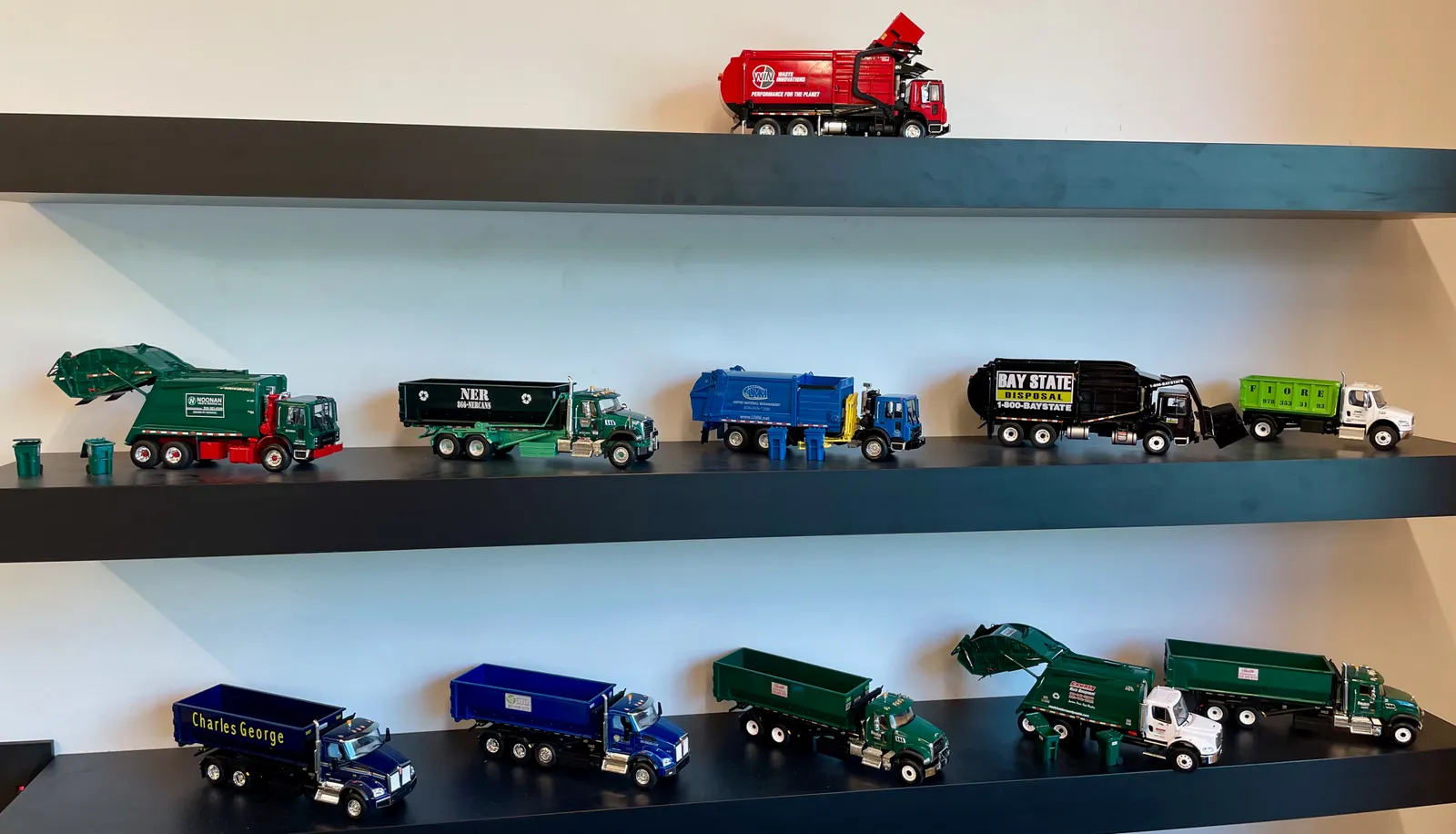
You’re mainly in the Northeast, except for Ohio and that one landfill in Georgia. How does that fit in?
So that one landfill in Georgia has direct rail service. When you think about our portfolio of rail assets, they're both in Ohio, they've both basically taken the same routes to get waste there. Everything's heading out west. Now we have the ability to move stuff down south, just a little further than Ohio. So profitability wise it’s not as good, but we needed an outlet from a logistics perspective because we're moving 15,000 to 18,000 tons a day via rail between the two sites, and a little bit down to Georgia.
Coming up in August we'll start moving some of the waste that used to go to Ohio down to Georgia, just to be able to have that flexibility. It’s largely logistics and little bit of defensiveness as it relates to making sure we've got capacity to continue to bring volume in. Then we'll look to potentially find other avenues to bring rail by waste into that market down there.
Is that related to not having the expansion locked in yet for the Sunny Farms Landfill in Ohio?
Not really. I think it's wise of us to have a backup plan for growth if we don't get those expansions, but we feel pretty good. [The Ohio landfills] are world-class sites at this point, with a lot of investment put in them over the last 18 to 24 months.
The two landfill sites haven’t seen the levels of investment that we are putting in as owners. As soon as we took over the sites, we worked to clear concerns from the community. We are investing more than $100 million in gas capture to reduce landfill gases. We will continue to work with the local community to be an economic driver, a charitable partner and an essential service to the region.
Now that you’re getting so big, can we expect ESG reporting or public-facing sustainability initiatives?
This year we'll do our first ESG report for our shareholders and some of our host communities. In 2021, WIN participated in an ESG assessment called GRESB, using verified data aligned with global reporting frameworks. As we mature as an organization, we will look to expand the robustness of our sustainability reporting capabilities and look forward to sharing our progress.
We are private, but this company is run very much like a public company. We have independent board members, even though there's one shareholder. Given the size and given Macquarie's responsibility, both fiscally and environmentally, they're very involved and not just a financial sponsor.
[After we complete two hydrogen sulfide projects at our Ohio landfills], the next phase would be taking that same gas that we're cleaning up and then putting in a more traditional [capture system]. Whether we do power plants, or we pipe it to something else, we've got some options there.
We're doing a pilot in Massachusetts where we're going to have two electric rear-loaders that will be doing our commercial rear-load work in Boston. They'll be housed at one of our waste-to-energy facilities and the power is going to come from there. We've been working with with the folks at Mack and would expect at some point next year to have a couple of trucks rolling out.
We'll be using station power to power the trucks, which is an important piece of what we're thinking about from a ESG perspective. A truck that comes out to pick up someone's garbage is actually powered by the waste that we picked up the day before. We're still a ways off as it relates to range and hours, but given the proximity of [two waste-to-energy] plants to Boston and the consolidation of customers there, we think we're pretty comfortable running our trucks six to seven hours.
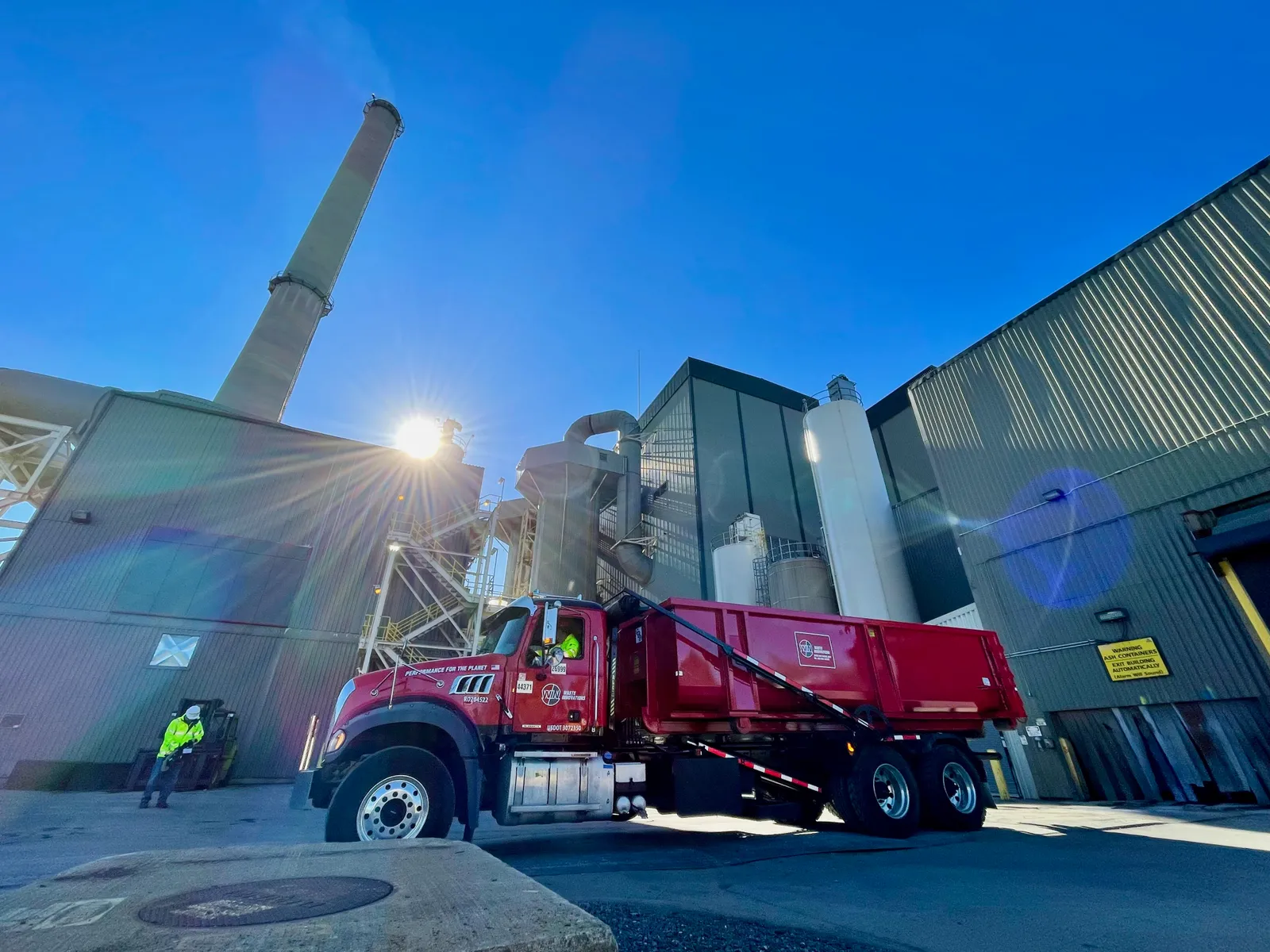
Turning to the waste-to-energy discussion, you have a set of assets that are hard to replicate. Maybe in Florida a couple new ones will get built, but otherwise it’s challenging. Some of your facilities are on the older side. Do you foresee being able to replace or expand the footprint?
I think it's challenging to site a transfer station, more challenging for waste-to-energy and probably even more challenging for a landfill.
We have 50-year maintenance plans on our plants. As part of the sale people wanted to understand that as part of their investment thesis. You don't want to spend multiples of millions of dollars for a facility that potentially is down in 10 years.
Let's pretend it's not a waste-to-energy facility and it's a manufacturing plant. When you drive by our plant, they look older but you’ve got to remember that these plants in some cases have been running for 45 years, i.e. Saugus [in Massachusetts]. Just about every single component inside of the Saugus facility has either been repaired, rebuilt or replaced. That’s a constant process.
When you think about how we look at our waste-to-energy facilities, we do things to certainly prop up the infrastructure around the plant, but inside the plant it's very portable. We do some outages that are 30 days, when we're doing major retrofits inside the plants, and there's multiple boilers in there. We’re doing the Baltimore upgrades one boiler at a time and so we have to reduce our intake. The boiler is completely rebuilt, and then we have brand new emissions system. Now we've got one boiler that's at the top of its potential performance as it relates to the rest of the fleet.
So we do about 150 planned outages a year, and all of the things that you would think are contemplated as it relates to how we look at the facilities and the longevity, both from a long-term perspective and a short term longevity. We're always trying to keep these plants running for 60 to 90 days at a time.
When we were looking to sell the business under [Energy Capital Partners], we found a couple of plants in Europe that had been running for 50 to 75 years. It's not unheard of. I think Wheelabrator — both pre-Waste Management ownership and post-Waste Management ownership — has always had an eye on making sure that the plants operated at their peak efficiencies. They spent a lot of money doing so and we continue to do that.
So it sounds like in the near- to medium-term you don’t foresee adding another one to the fleet?
A complete facility? No. There's still a lot of landfill capacity left in the United States. The regulatory environment in which we operate versus other countries is much different. I'd like to think a lot of it has to do with a free economy. And typically regulations are not set up to shut down a business and create another one.
That's what happened in the UK. You put an exorbitant tax on landfill to the point where it just doesn't become economically feasible to go to landfill, and somebody can take capital dollars and build a waste-to-energy facility. I don't see that happening here anytime soon. Absent that, there'll be opportunities for waste-to-energy facilities to be built — maybe not in 10 years — and it won't be just Florida.
Now, it's got to be in markets where waste is priced accordingly, because they're super expensive to build. And the power component is important. It's not like you just build it for waste disposal. From an offtake perspective it's the same story as why recycling isn't as strong here as it is other places.
So we've got some opportunities to expand a couple of our facilities, one we've been working on for a while. But as far as new facilities coming out of the ground in areas that haven't been talked about in a long time? I just don't see it right away.
Do you think you could end up owning more landfills than waste-to-energy facilities someday, if you get to the scale of other large competitors?
That's probably more likely than not, if you looked at it in those terms.
Some people have been opposed to WTE for decades. In the past you’ve talked about how you feel the evolving climate discussions might be beneficial. Does that give you an angle to try and tell a new story about those plants?
I think it's interesting that we have to tell a story. It's a lack of proactive information and it's a lack of education.
If you think about the history of Wheelabrator, it was owned by a company that probably owned most landfills in the United States. Then Covanta has done a pretty good job in the more recent history of promoting waste-to-energy. Being a landfill guy for most of my life, after coming across and running Wheelabrator it’s still very fascinating to me what that line of business does. I think it's a very viable, economically friendly way of disposing of waste. And it doesn't take up thousands and thousands of acres of land. Can you imagine the truck traffic, if we took 15,000 tons and just unplugged it from the rail? So even our landfills have a better solution from an environmental perspective than the standard.
The more we can think like that, the better off we'll be. Let’s just say we did go for an IPO. All of a sudden we're not just competing against Waste Management and Republic and others for business, we're competing for shareholders. So I think there are some differentiators in powering our own trucks, less truck traffic to our landfills, those type of things will potentially attract different shareholders.
We just look more like a European set of assets as it relates to waste collection than we do a more traditional U.S. company. It doesn't mean one's right or one's wrong. It's just our asset mix and the way we should utilize and leverage it is going to be a little bit different than others.
What do you make of the argument that these facilities can prohibit waste reduction, because they need a consistent amount of waste to run?
When you look at what happens to waste in the UK, there's lots of expansion of waste-to-energy and plants being built, five to 10 a year, and there's still lots of volume to run those plants. They recycle far, far more than we do from a percentage perspective. They just look at it a little differently, they pre-sort everything first and then whatever is left ends up in the waste-to-energy facility. That's kind of what the EPA has prescribed, right? Reduce, recycle, waste-to-energy. It just happens that we're not as efficient as other countries, and so we get more unrecycled waste in the facilities.
We do see changes from time to time, as communities do different things to prop up their recycling. We still can run. We run hotter, we create more energy. So it’s havoc on maintenance, because the hotter the boilers are the more wear and tear it has. But at the end of the day, that's the great thing about waste-to-energy is that it can handle a non-homogenous fuel.
In terms of what’s next, does the current market turbulence change your timing for a possible IPO?
I don't think an IPO was in our timing for this year or next year anyway. The business needs to be ready for the IPO. The shareholder also needs to be ready. So we've got some work to do to. At the end of the day I would not be comfortable with us going public in three months. We're probably in a 12- to 24-month type of horizon to be ready.
Whatever the market's doing is a secondary conversation to is the business ready. Do we have the right growth profile? It's not just about bringing a nice company to market. You've got to be able to show that company is nice and it has the ability to grow. Because otherwise there's not a story there.
So we're excited about jumping into the new [Ohio] market and I think we'll be very strategic in how we look at that one and hopefully we continue to have that type of opportunity in our business.



